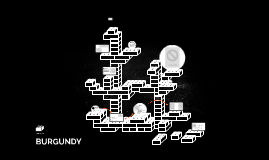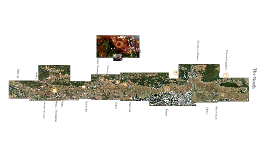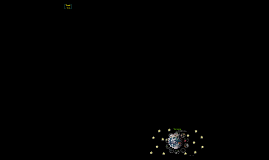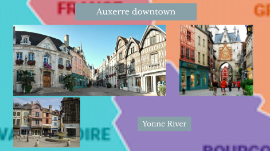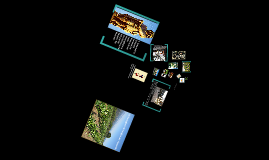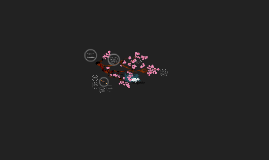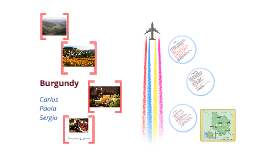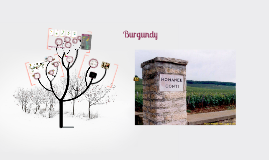Burgundy
Transcript: The Cote de Beaune It is located in the communes of Aloxe-Corton, Pernand-Vergelesses and Ladoix-Serrigny Volnay wine is produced in the commune of Volnay in Côte de Beaune of Burgundy, and in some vineyards in the commune of Meursault. The Appellation d'origine contrôlée (AOC) Volnay is only used for red wine. There are no Grand Cru vineyards within Volnay, but several highly regarded Premier Cru vineyards. The AOC was created in 1937. Monthelie is a another underrated wine. They are hard to find and produce lovely, fresh and rustic wines of character. Several top producers like Comte Lafon and J. F. Coche Dury make wines here. Located just above Volnay and Meursault in a beautiful valley, this AOC was created in the 1930s. Before the wines were probably sold as the famous neighbors. There are no Grand Crus in Auxey-Duresses and just a handful of premier crus for red wines. Chassagne-Montrachet is an old Gallo-Roman market town which was called Cassaneas or Cassania Before 1000 A.D the village was know for the Clos St Jean owned by Saint-Jean-le-Grand Abbaye which had been founded by Brunehaut in 589 AD. BIG JUICY Le Charlemagne The North Monthelie Puligny-Montrachet Les Bressandes This village produces excellent wines that are underrated and undervalued. Blagny Village, Premier Cru and Savigny-les-Beaunes-Cote-de-Beaune (No Grand Cru) Les Pougets Genevrières Le Porusot Les Bouchères Les Gouttes d’Or Les Ravelles Top Premier Crus (22 total) Aux Serpentieres, Clos de la Batailleres, Aux Fourneaux, Les Narbantons, Les Jarrones, Aux Vergelesses, Les Laviers, Les Marconnetets Le Corton There are 50 climats in Chassagne-Montrachet classified as Premier Cru vineyards Grapes Top Premier Crus Meursault Pommard Chassagne-Montrachet Savigny-les-Beaunes Les Arvelets, Les Bertins, Les Boucherottes, La Chanière, Les Chanlins-Bas, Les Chaponnières, Les Charmots, Clos Blanc, Clos de la Comaraine, Le Clos Micault, Les Combes-Dessus, Les Croix Noires, Les Fremiers, Les Jarolières, En Largillière, Les Rugiens-Bas, Les Rugiens-Haut, Les Grands-Épenots, Les Petits-Épenots, Clos des Épeneaux, La Platière, Les Poutures, Les Pézerolles, Les Saucilles, La Refène, Derrière Saint-Jean, Clos de Verger. Pierre Guillemot Montrachet Corton Charlemagne White only It is said by some that the name Pommard derives from a temple to Pomona – the Roman goddess of fruits and gardens . Pommard is sandwiched between the appellations of Beaune to the north and Volnay to the south. This is a "sweet spot" for Pinot Noir. The lower lying vineyards have deeper soils of ancient alluvium. At the mid-slope are the well-drained clay-limestone soils that mark and provide the characteristic muscularity of Pommard. Towards the top are Jurassic (Oxfordian) marls and brown soil. In places the brown is turned to red by the presence of iron – often assumed to provide a little more rusticity and gaminess to the wines. 85% Red 15% White Savigny-les-Beaune Pernand-Vergelesses Morgeot En Remilly Les Chaumes Clos Saint Jean La Boudriotte Les Embazees En Cailleret Les Vergers Les Chaumets Pernand-Vergelesses There are 27 climats within the Pommard AOC that are classified as Premier Cru vineyards, which stretch in a wide band through the commune, located on both sides of the village itself and west (uphill) from the D973 road Meursault Le Clos de Roi Most northely appelation of Cote de Beaune Chorey Auxey-Duresses Notable Climats: With 437ha. of vineyards dedicated to Villages wine or Premier Cru, Meursault has the largest area permitted to be planted in white wine in the Cote-d'Or. Primarily, the soil throughout most of Meursault is perfectly suited to the production of chardonnay; it is a mixture of marl and chalk, that when combined with a largely east or southeast exposure creates healthy grapes that are full of character. Another factor correlates to geology, though in a very different way. Meursault's high water table allows its residents to carve deep, cold cellars "perfect for the production of wine" into the chalky, stony soil. The most southerly village appelation of the Cote d'Or. Good value Red and some White. Village and Premier Crus. Clos de Tavannes, Les Gravieres, La Maladiere and La Comme Dessus are best Clos des Ducs Clos de la Cave des Ducs Clos de la Chapelle Clos du Château des Ducs Clos de la Rougeotte Clos de la Barre Clos de la Bousse d’Or Mitans Monthelie Aloxe-Corton Beaune Chardonnay, Pinot Blanc, Aligote Pinot Noir, Pinot Gris, Pinot Liebault There are 17 climats in Puligny-Montrachet classified as Premier Cru vineyards, located both to the south of the village, in the Chassagne-Montrachet direction, and to the north, in the Meursault direction Corton only grand cru for White and Red in Cotes de Beaune 30 climats classified as Premiers Crus. Some of the best. The Nine climats for Premier Cru are all on the southfacing slope Climat du Val Clos du Val Les Bréterins La Chapelle Reugne Les Duresses Bas d es Duresses Les Grands Champs Les






